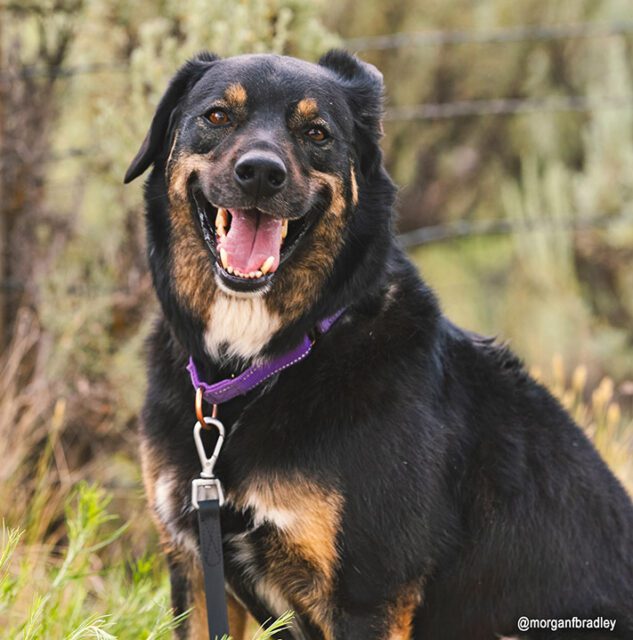
27 Aug Second Chance: Crate Training Your Dog!
Since 1994, the Animal Resource Center and the Shops of Second Chance Humane Society have been dedicated to serving animals in Southwestern Colorado. Adoption hours are every day from 11 a.m. to 5:30 p.m. The facility is located at 177 County Rd 10, Ridgway, CO. View shelter pets and services online at secondchancehumane.org.
View shelter pets and services online: www.adoptmountainpets.org..
Donate here or mail to: PO Box 2096, Ridgway, CO, 81432.
The following Pet Column is from the Canine Behavior Library, where Second Chance shares tips for common training challenges.
Go here for more about Second Chance.

Crate training is a recommended tool for both dogs and puppies. If used correctly, it can create a safe space that your pet enjoys. While some use crates for life, others prefer using them just for training (house training, chewing, etc.). Whatever works best for you and your dog is great!
Remember, Crates should NEVER be used as a punishment (a place to go when the dog misbehaves). This will create negative associations with the crate and cause anxiety.
It’s important to pick the correct crate size. For potty training, the dog should be able to stand up and turn around in their crate. For puppies, some crates have dividers that can be removed as the animal grows.
Wire crates and plastic travel crates are both great options. For wire crates, some dogs like having a blanket cover, and some prefer having it open.
The crate should be in an area of the home where the pet likes to hang out, out of high-traffic areas in the home, but where the dog can still see what’s going on. The crate should be a comfortable place with bedding and toys.
You should slowly get your new puppy or dog used to the crate. Follow the proper steps to make the crate a positive experience.
Start by rewarding your pet for simply going in on their own. Toss high-value treats into the crate and let the dog go in and out to retrieve the treats. When they enter, introduce the command “crate” or “kennel,” and give praise whenever they go in the crate.
Once they are comfortably entering the crate, start encouraging them to spend more time inside. A toy/treat, given only in the crate, can help (example: a kong with frozen peanut butter). If closing the door is still scary, leave the door open and sit with them. If closing the door isn’t scary, try closing it for a short time (start with 5-10 mins, assuming they are not showing signs of distress).
Leave the crate door open so your pet can go in when they please. Feeding them in the crate can make it a positive place (after taking the above steps).
Slowly increase the time your pet is in the crate. Leaving for 8 hours without building up time can create stress for your pet.
If your pet is in distress (barking, whining, chewing the bars, etc.), slow the process down and continue positive reinforcement techniques (such as step 1) to help them get more comfortable.
Accidents might happen (especially for puppies) while they are in the crate. Simply clean up and move on. Punishing this behavior can turn the crate from a safe place to a scary place.

Roscoe
Roscoe is a dog who loves his crate. When he was in a foster home, the crate became his safe spot, where he would sleep, relax, or just watch the world. Roscoe is a 3-year-old Border Collie mix who has spent more time at our shelter than any other animal. We know a lot about this boy and are dedicated to finding the perfect home for him.


Sorry, the comment form is closed at this time.